How to Take Bible Notes: A Guide to Meaningful and Enriching Study
Engaging with the Bible can be a transformative experience, and taking notes can greatly enhance this process. Using a notebook and pen allows individuals to actively interact with God's Word, fostering deeper comprehension, retention, and meaningful application.
The Process
1. Prayer and Preparation
Begin by seeking the Holy Spirit's guidance and illumination. Read the chosen passage carefully several times to gain an overall understanding.
2. Read, Write, Mark, and Reflect
- Read: Focus on a small section of text (e.g., a chapter or a few verses).
- Write: Transcribe the passage for memory and note-taking.
- Mark: Ask questions, identify themes, connect thoughts, and highlight key words.
- Reflect:
- Summarize the main idea.
- List important points (e.g., characteristics of God, self-discoveries, commands).
- Create an action step to apply the passage to your life.
- Write a prayer for understanding, belief, and transformation.
Tips for Effective Note-Taking
- Read in Context: Consider the surrounding verses and the overall context of the passage.
- Ask Questions: Engage with the text by questioning who, what, where, when, why, and how.
- Use Inductive Study: Analyze the text without relying on external resources.
- Choose a Method: Experiment with different note-taking styles (e.g., journaling, outlining, mind mapping) to find what works best.
Bible note-taking is a valuable tool for enhancing your study of God's Word. By incorporating these techniques, you can maximize your comprehension, retain information effectively, and apply biblical principles to your life with greater impact. Remember, it is not about the quantity of notes but the quality of your engagement with Scripture that truly enriches your spiritual journey.
How to Take Bible Notes
How do I choose the right materials for Bible note-taking?
Materials for Bible note-taking include a Bible (preferably ESV or NASB), a notebook with pocket dividers, a pen, and an engaged mind.
Which Bible study method should I use for note-taking?
The Inductive Bible Study method is recommended for deeper analysis of the text. It involves observation, interpretation, and application of the passage.
How do I write a prayer for Bible study?
A prayer for Bible study might include seeking guidance from the Holy Spirit, understanding God's Word, believing the truths revealed, and transforming in accordance with Scripture.
How do I identify my note-taking style?
Consider your learning style to identify your note-taking style, such as historian (using maps and diagrams), summarizer (simplifying the text), list maker (using tabs and to-do lists), action taker (leveraging topical resources), or artist (using colored pencils).
How do I effectively use tabs and to-do lists in Bible note-taking?
Tabs can organize the notebook into sections, such as books of the Bible or key themes. To-do lists can be used to track actionable insights or questions for further exploration.

